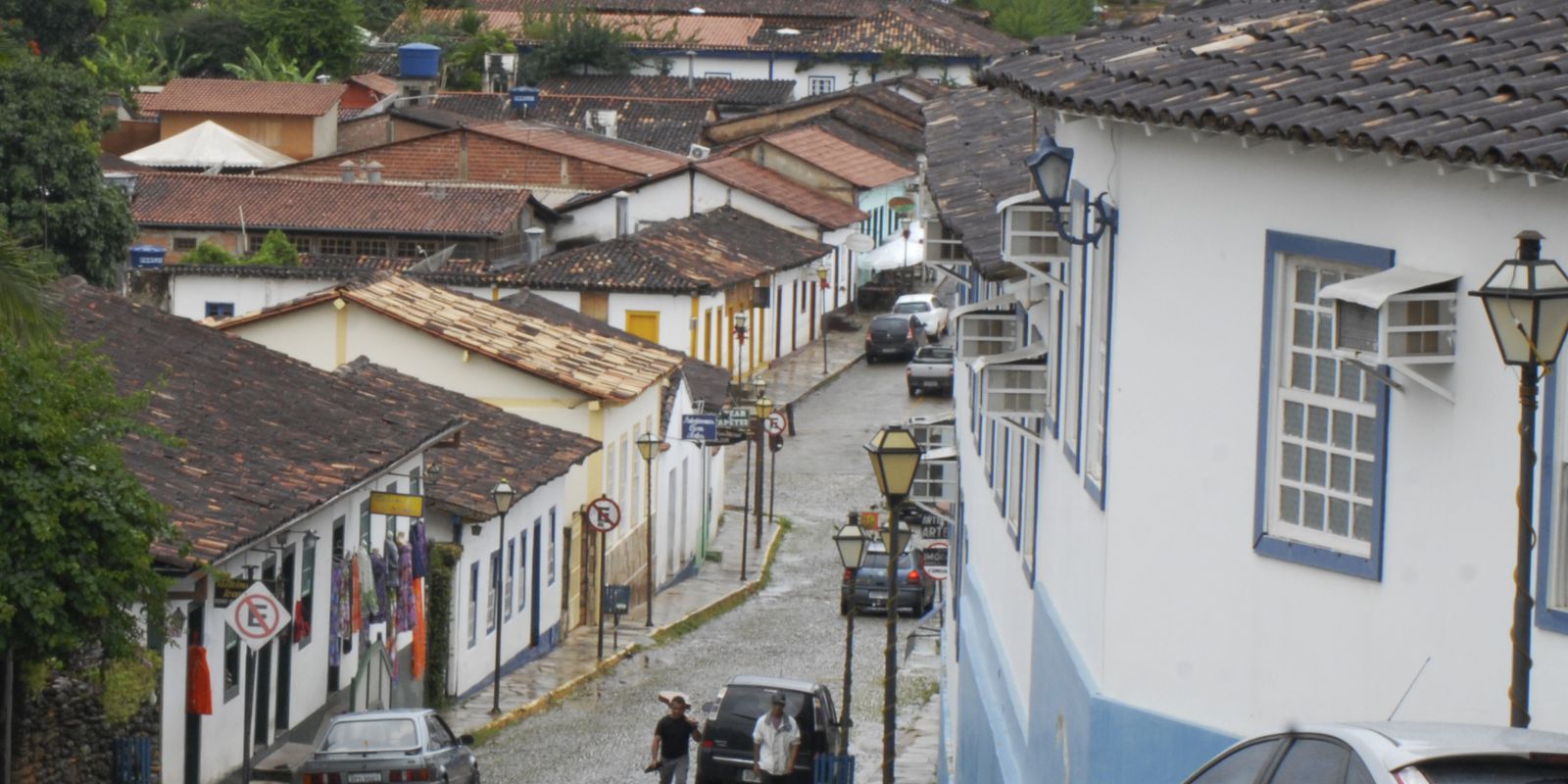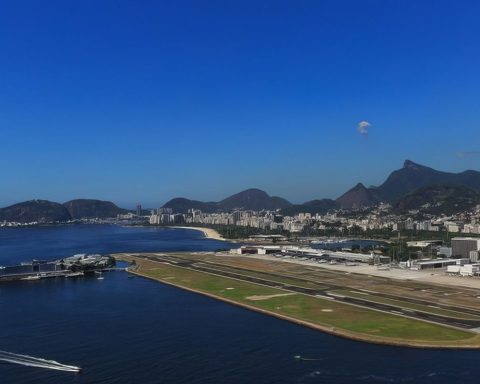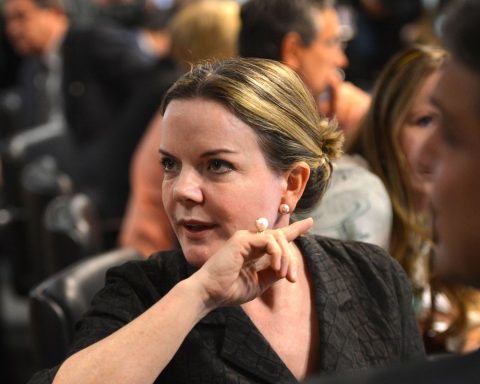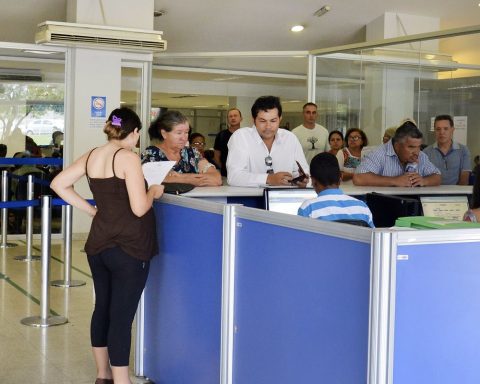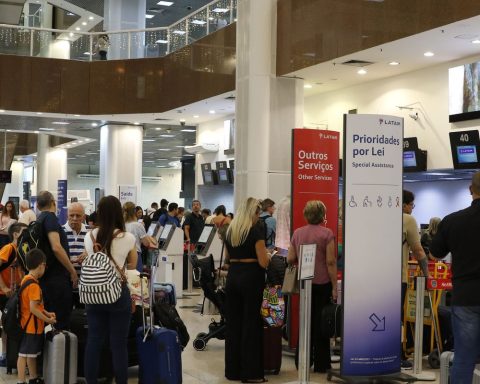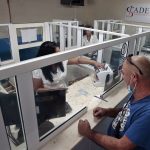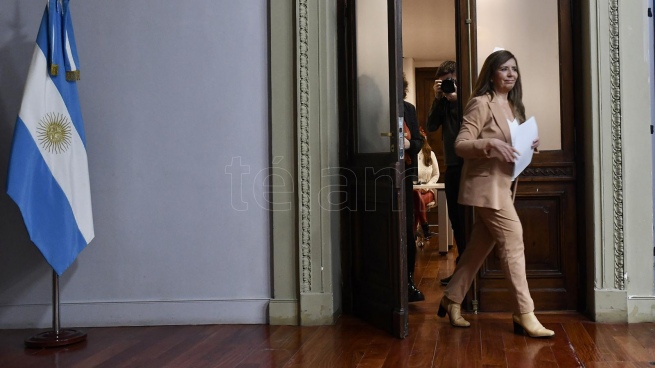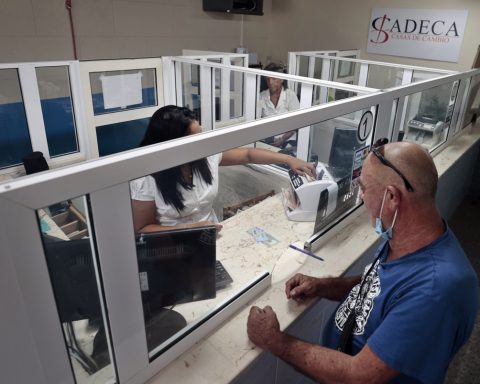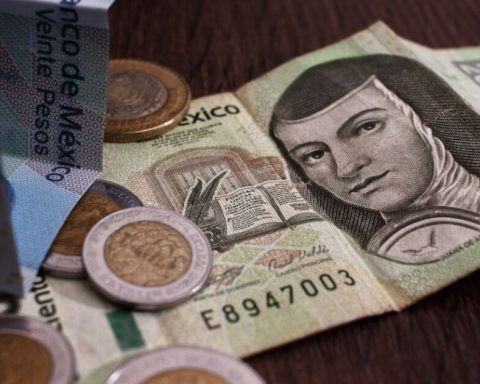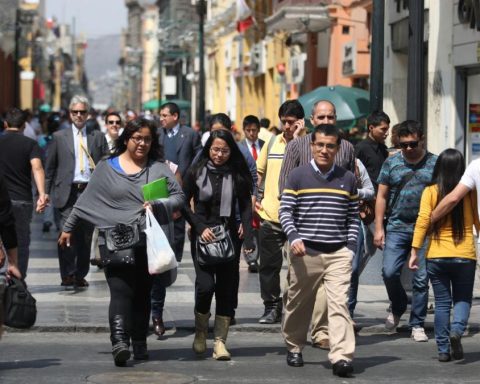The hotel sector has positive expectations regarding hotel occupancy during the July holidays. A survey carried out by the Brazilian Association of the Hotel Industry (ABIH Nacional) shows that the expectation is that the occupancy rate can reach 100% in some cities in Goiás.
According to the association, the numbers obtained point to the continuity of the sector’s recovery, which presented good results in all the regions surveyed.
In the Northeast, the states of Pernambuco and Ceará lead with about 70% of occupation, followed by Piauí, with 69%, Paraíba, with 68%, Alagoas, with 67%, and Bahia, with 65%. In Maranhão, the expectation is that the rate will reach 63%, Rio Grande do Norte, 52% and in Sergipe around 42%.
In the case of the Southeast, the historic cities of Minas should reach 85% occupancy, while Belo Horizonte is expected to have 65%. The research also points out that the average in the interior of São Paulo should be 80%. For coastal cities, the assumed rate varies between 40% and 45%. In Rio de Janeiro, approximately 70% of the hotel network is expected to be occupied and in Espírito Santo, 65%.
In relation to the South Region, the highlights are the cities of Gramado and Bento Gonçalves, in Rio Grande do Sul, which should arrive by the end of the holidays with an average of 80% of the supply of beds. In Paraná, according to the survey, occupation should reach 75% in tourist cities.
For traditional destinations in the Midwest Region at this time of year, 100% of the accommodation availability is expected in the cities of Caldas Novas and Aruanã in Goiás and 80% in the historic Pirenópolis. Also according to the survey, it is likely that 60% of the places in the hotels in Goiânia will be occupied. This percentage is mainly due to shopping and business tourism.
In the states of Mato Grosso and Tocantins, the average occupation should be 65%. In the Federal District, 55% and in Mato Grosso do Sul, the occupancy rate should be 50%.
Regarding the North Region, the highlight is Acre, with 70%, followed by Amapá and Pará, with 65% of the rooms sold in the period.
